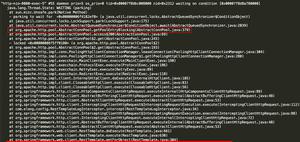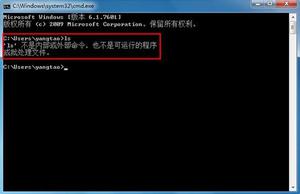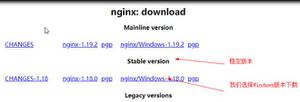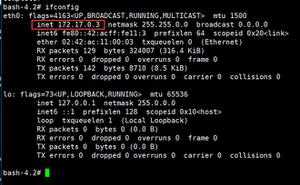如何使用 .at 属性访问熊猫数据框中的单个值?
pandasDataFrame.at属性用于使用行和列标签访问单个值。“at”属性采用行和列标签数据从给定 DataFrame 对象的指定标签位置获取元素。
它将基于行和列标签返回单个值,我们还可以在该特定位置上传一个值。
如果指定的标签在 DataFrame 中不可用, .at 属性将引发 KeyError。
示例 1
在以下示例中,我们使用 python 字典创建了 Pandas DataFrame。使用字典中的键标记列名,索引是从 0 到 n-1 的自动生成的值。
# importing pandas package输出结果import pandas as pd
# create a Pandas DataFrame
df = pd.DataFrame({'A':[1, 2, 3],'B':[7, 8, 6],"C":[5, 6, 2]})
print("DataFrame:")
print(df)
# Access a single value from the DataFrame
result = df.at[0, 'B']
print("Output:",result)
输出如下 -
DataFrame:A B C
0 1 7 5
1 2 8 6
2 3 6 2
Output: 7
我们可以在上面的块中看到初始化的系列对象和 at 属性的输出。.at 属性为以下行/列对df.at[0, 'B']返回 7 。
示例 2
现在让我们使用 at 属性更新 DataFrame 对象的位置 [2, 'B'] 中的值“100”,2 表示行索引,“B”表示列名。
# importing pandas package输出结果import pandas as pd
# create a Pandas DataFrame
df = pd.DataFrame({'A':[1, 2, 3],'B':[7, 8, 6],"C":[5, 6, 2]})
print("DataFrame:")
print(df)
# by using .at attribute update a value
df.at[2, 'B'] = 100
print("值 100 更新:")
print(df)
输出如下 -
DataFrame:A B C
0 1 7 5
1 2 8 6
2 3 6 2
值 100 更新:
A B C
0 1 7 5
1 2 8 6
2 3 100 2
我们已经成功更新了中间列(2,B)最后一行的值“100”,我们可以在上面的输出块中看到更新后的 DataFrame 对象。
以上是 如何使用 .at 属性访问熊猫数据框中的单个值? 的全部内容, 来源链接: utcz.com/z/297295.html







